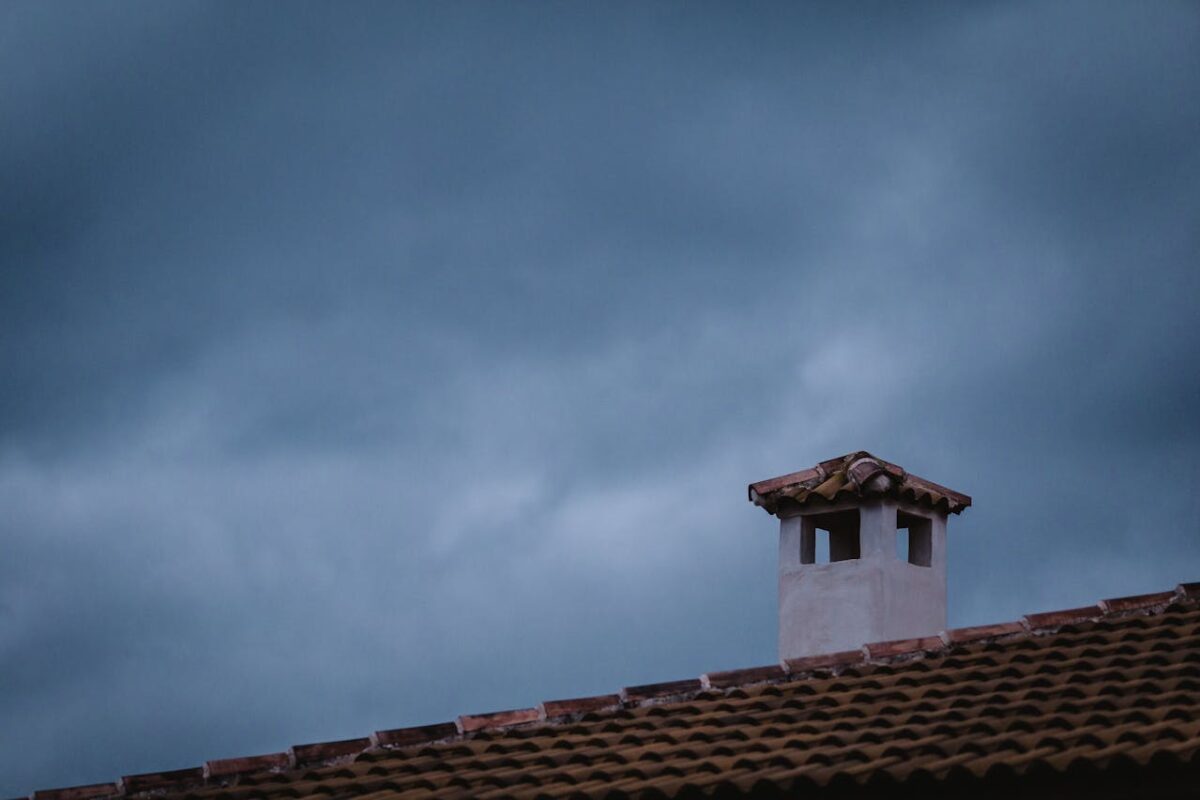The roof over your head is a vital part of your home. It protects the interior from rain, snow and wind.
Tiny holes in shingles can lead to water leaks, rot and other damage. Repairing these holes takes only minutes and is easy for most homeowners to do.
If you have access to your attic, have someone stay inside and spray the roof with a garden hose section by section. Watch for signs of moisture – such as rotted wood and discolored felt paper.
Plastic Sheeting
Plastic sheeting is a versatile material that can be cut and made into a variety of different shapes. It is incredibly durable and can resist different weather conditions, including high winds, snow, and rain. Plastic is also easier to manipulate than other strong materials like metal and wood. This makes it an ideal option for a temporary solution to a leaky roof until professional roofers can arrive and repair the problem.
Whether it’s caused by a damaged shingle, a tree limb falling onto the roof, or simply pooling water, a leaky roof can cause serious damage in a short amount of time. This is why it is important to take quick action and implement some form of a repair, even if the repairs are only temporary. While professional roofers are an excellent choice, not everyone has access to them right away. Therefore, it is a good idea to know some easy DIY solutions on how to repair a leaky roof.
One way to temporarily fix a leak is to use a tarp. Tarps are readily available at hardware stores and can be easily stored for future emergency uses. These tarps are designed to protect the interior of your home from moisture and provide a barrier between the leaking roof and the drywall.
Before applying the tarp, make sure that it is clean and free from debris and that there is enough space to cover the entire area of the leak. Once the tarp has been applied, you can either nail it to the roof (using roofing nails) or weigh it down with bricks and other weighted objects to prevent it from blowing in a storm.
Another method for a temporary repair is to use silicone caulk. This can be applied to the ceiling with a trowel or caulk gun and is ideal for small holes and cracks. It is a good idea to clean the surface of the ceiling before application as this will ensure that the silicone adheres properly.
Lastly, you can also use a roofing tape to patch up a small hole. Unlike a regular piece of tape, this type adheres to the underside of the roofing material and can be easily removed later. However, it is not as effective in the long run as a tarp or plastic sheeting and is only suitable for smaller areas of the roof.
Tar Paper
Most homeowners have a roll of roofing tar paper in their garage or basement. This time-tested material is affordable, easy to work with and provides a great solution for an emergency leak.
Before you get started, ensure the roof is clean and dry. This will make the tar stick and hold better. Then, locate the area that is leaking and cover it. Be sure it is shaped to fit the area. The tar should be a little bigger than the leak, so that it covers the entire spot.
Then, secure the tar paper with roofing nails or staples, using a hammer. Be careful while walking on the roof to avoid falling or slipping. Also, be sure to wear a safety harness and use a ladder for your climbing.
Typically, a roll of roofing tar paper comes in 50 or 100 feet long. Choose the longer rolls, as these will cover more of the roof with fewer seams. You want to reduce the number of seams as much as possible, because each seam is an opportunity for water to leak into your home.
Once the tar is in place, you will need to caulk the seam lines. This is where the tar meets other surfaces, such as the wood sheathing of the roof. Caulking is an essential step because it can help keep water from leaking through your roof and staining ceilings or other parts of the home.
While silicone caulk is a quick solution for a leak, it isn’t a permanent one. It can only provide a temporary fix until you can have your roof properly repaired by a professional.
It is important to take the time to find the source of the leak, whether it is on the shingle surface or the sheathing. Once you know where the leak is, you can then figure out how to get it fixed. In the meantime, a tarp or other quick solutions will stop water from leaking into your home and causing damage. If you notice water stains on the ceilings, drywall or other parts of the house, there may be more extensive damage that needs to be addressed by a professional.

Caulk
When a roof leak occurs, you must act quickly to prevent water damage to your home. While you can use a caulk to temporarily seal the problem, it’s important to identify and treat the source of the leak to prevent more serious problems in the future. This is why many professionals recommend avoiding the “patch and pray” approach, in which you simply caulk over a leaky spot.
You can repair small cracks and gaps with silicone-based caulk, but this method is not effective for addressing leaks in the dormer wall areas of a pitched roof. Water that seeps into these areas can penetrate the roof, work its way behind the flashing and drip down to the sheathing. For this reason, it’s important to take the time to scrape away old caulk and to thoroughly inspect the area with a putty knife before you try to caulk over the problem.
Identifying the source of a roof leak can be tricky, especially on a shingle roof. Water stains on the ceiling are an obvious sign of leaks, but you also need to look for signs of rot in the sheathing or underlying wood. If the wood is rotting, it will need to be replaced before you can install new sealant.
If you can’t locate the source of a leak, enlist the help of a friend. Have them stand by inside the house while you run a garden hose over a section of the roof. Begin low and work your way up the roof, soaking the area in the general vicinity of where the leak appears in the house. As the hose runs, have your partner yell when a drip becomes visible so you can both pinpoint the location.
If you find a leaky vent boot, remove the rubber or plastic cap from the base of the boot and inspect it for holes, cracks or broken seams. These are common causes of roof leaks. Most of these can be fixed with a small amount of caulk, but you may need to replace the entire vent. If the nail that holds the vent in place is exposed, cover it with a thin layer of silicone caulk to prevent the rusting of the fastener and potential leaks.
Shingles
While shingle roofs are the most popular roofing choice for homeowners, they can still develop problems that require professional help. These problems include a leaky roof. You can repair a leak in your shingle roof with the right materials and techniques.
A leaking roof is an issue that needs to be addressed as soon as possible. This will prevent the problem from getting worse and potentially causing additional damage to your home. Oftentimes the signs of a leaking roof can be difficult to identify. This is why it is important to regularly inspect your roof for any problems that need to be addressed. A roof inspection will allow you to catch any problems early and address them before they get worse.
The first step in repairing a shingle leak is to locate the source of the leak. This can be done by inspecting the attic for water stains, black marks, wood rot or mold. It is also a good idea to check the attic during a rain shower so that you can see if there is water running down the ceiling.
Once you have located the source of the leak, you will need to remove any insulation that is in the attic and expose the shingles. If you are not comfortable working on a roof, you may need to hire a roofing contractor.
Next, you will need to inspect the shingles for any signs of damage. If you see any shingles that are curling up or missing sections, it is a sign of a leak in the roof. You will also want to make sure that the gutters are clear and that the downspouts are directing water away from your house.
If you find any damaged shingles, you can repair them by spreading a thick bead of roofing cement under the cracked shingle and pressing it down. Once the shingle is firmly in place, you can apply more roofing cement to seal the area and protect it from future leaks.
Tiny holes in shingles are another common cause of leaks. These holes can often go unnoticed for years, but they will eventually lead to a leaky roof and other damage to your home. The best way to prevent these tiny holes is to install a birdhouse or a chimney. Using the appropriate caulk can also help with these issues.
